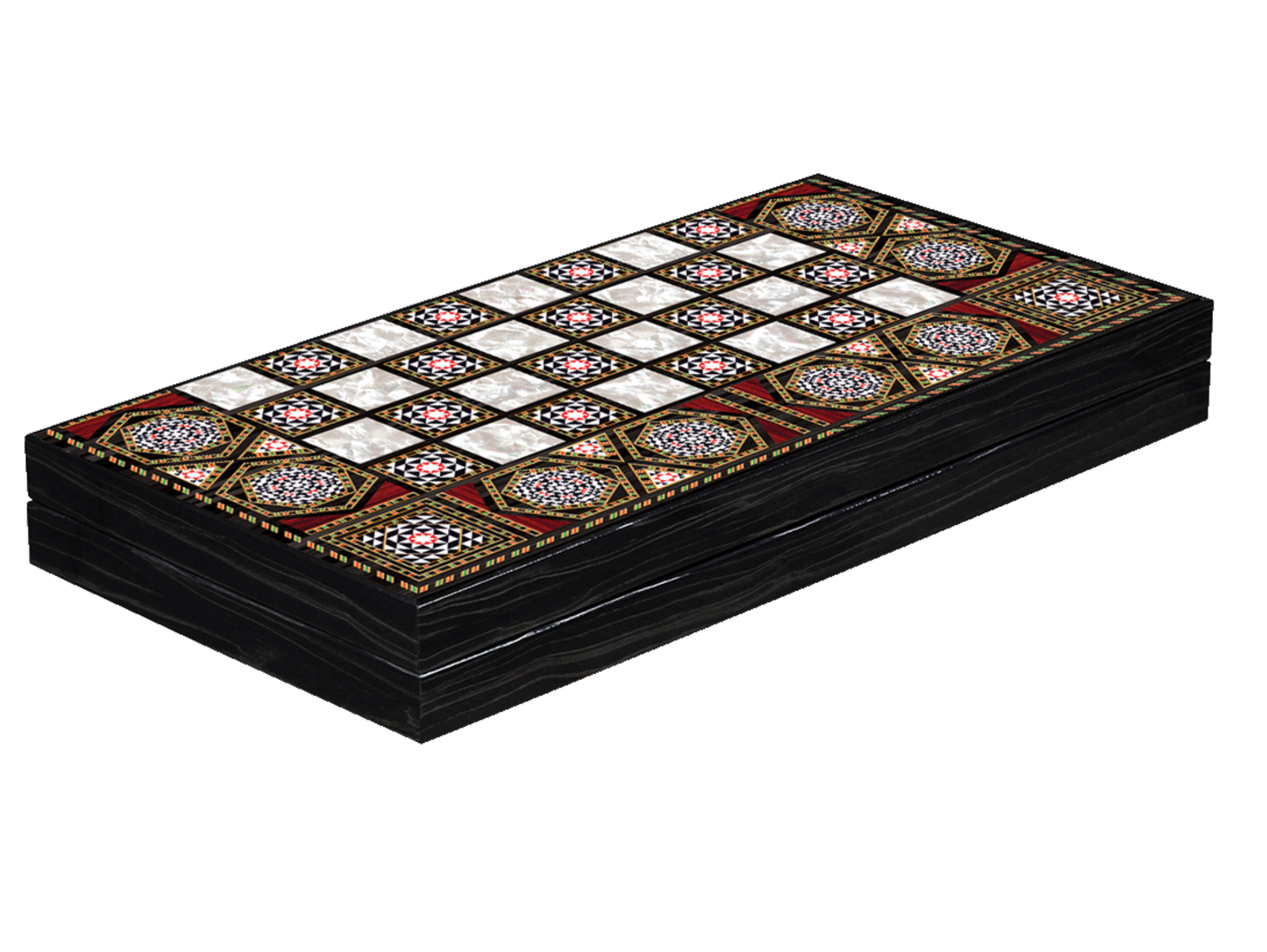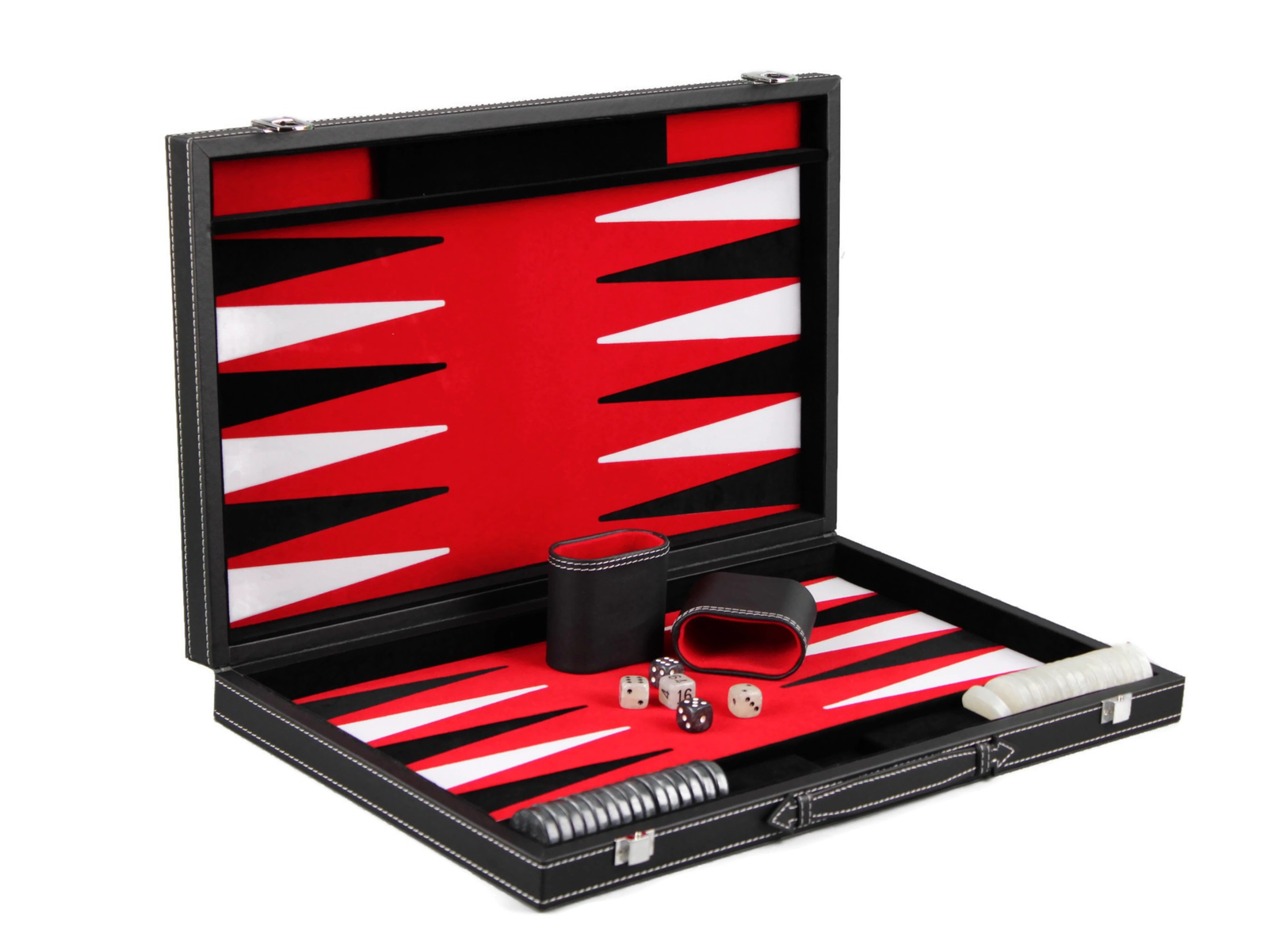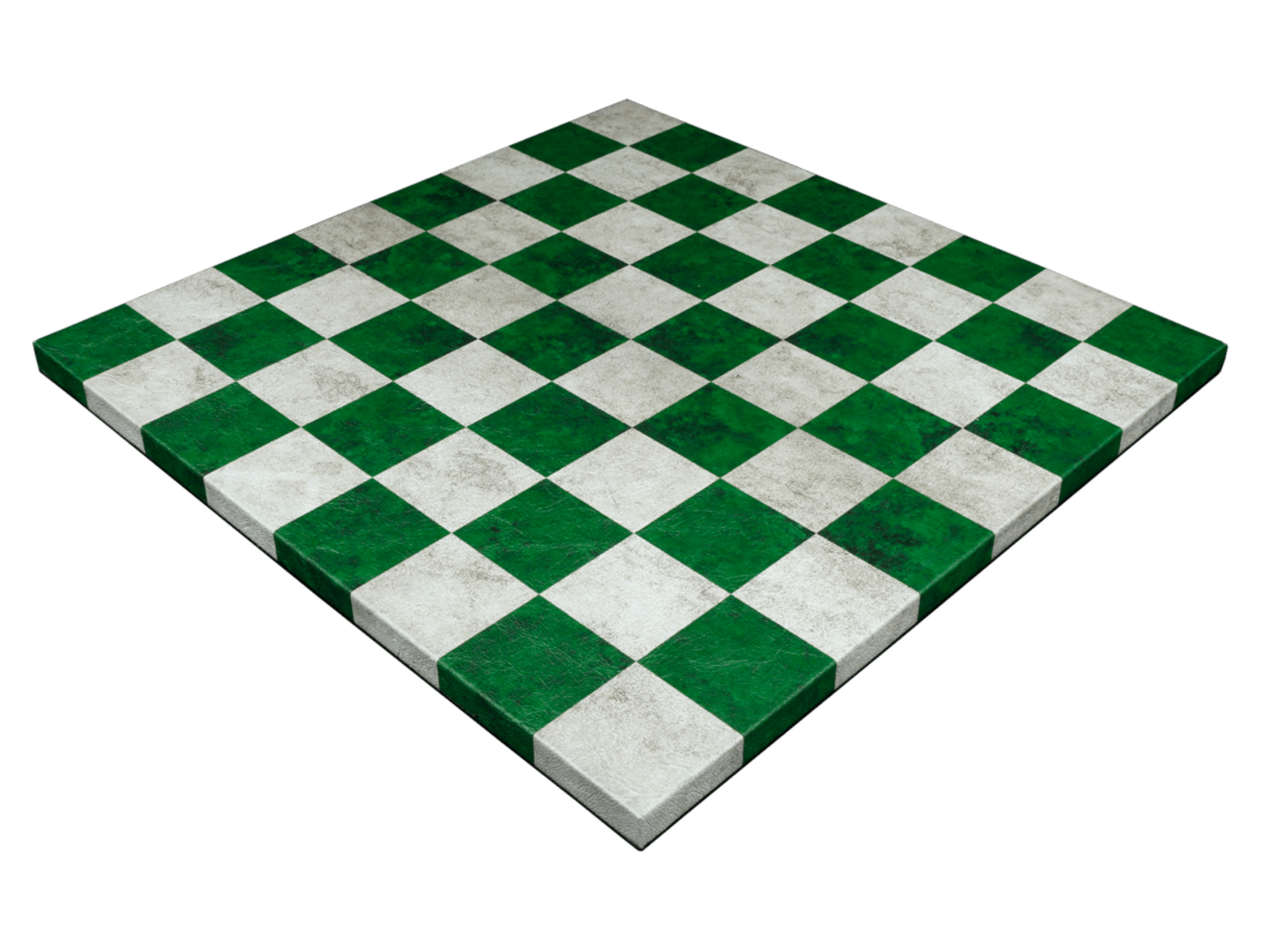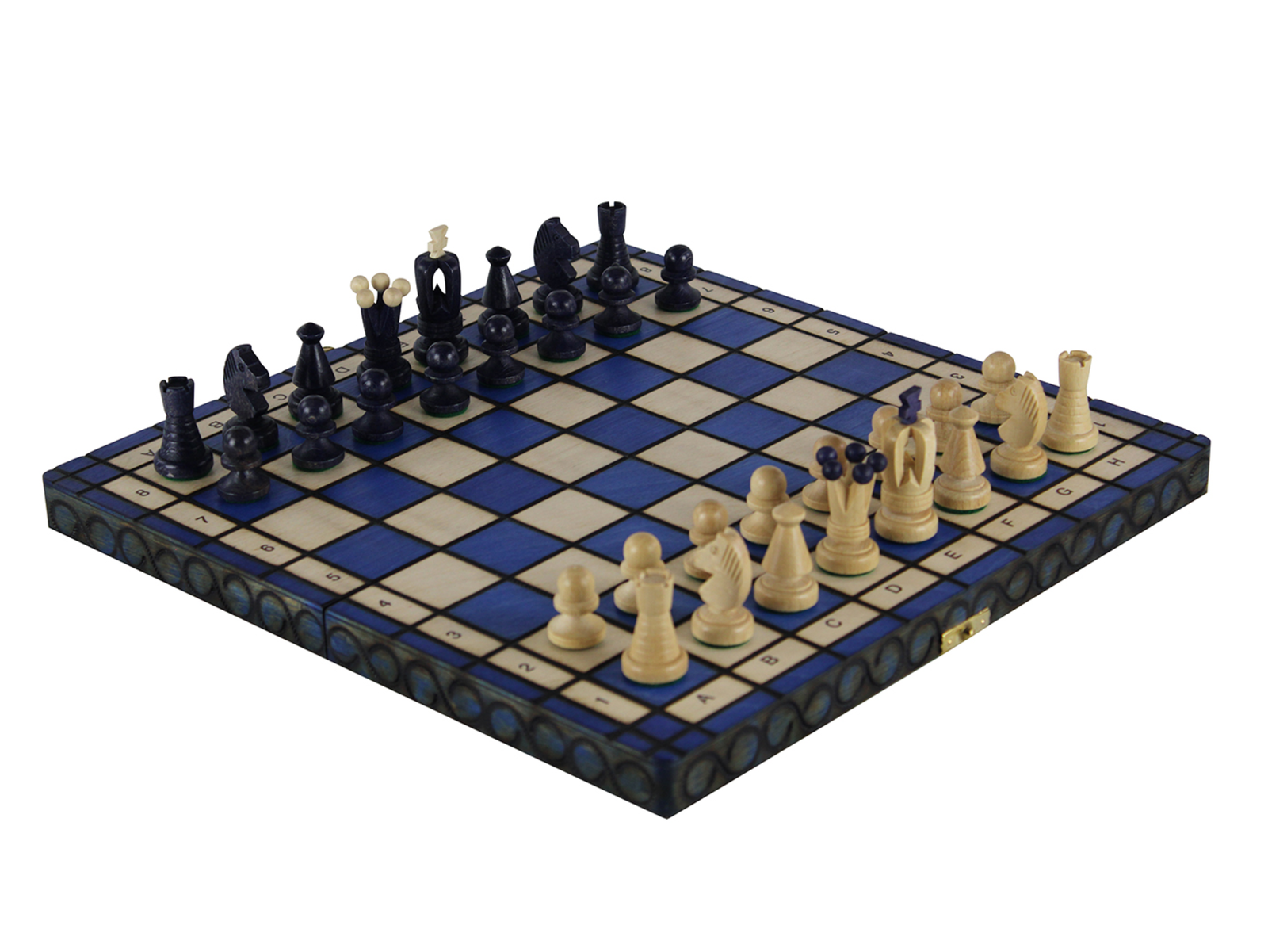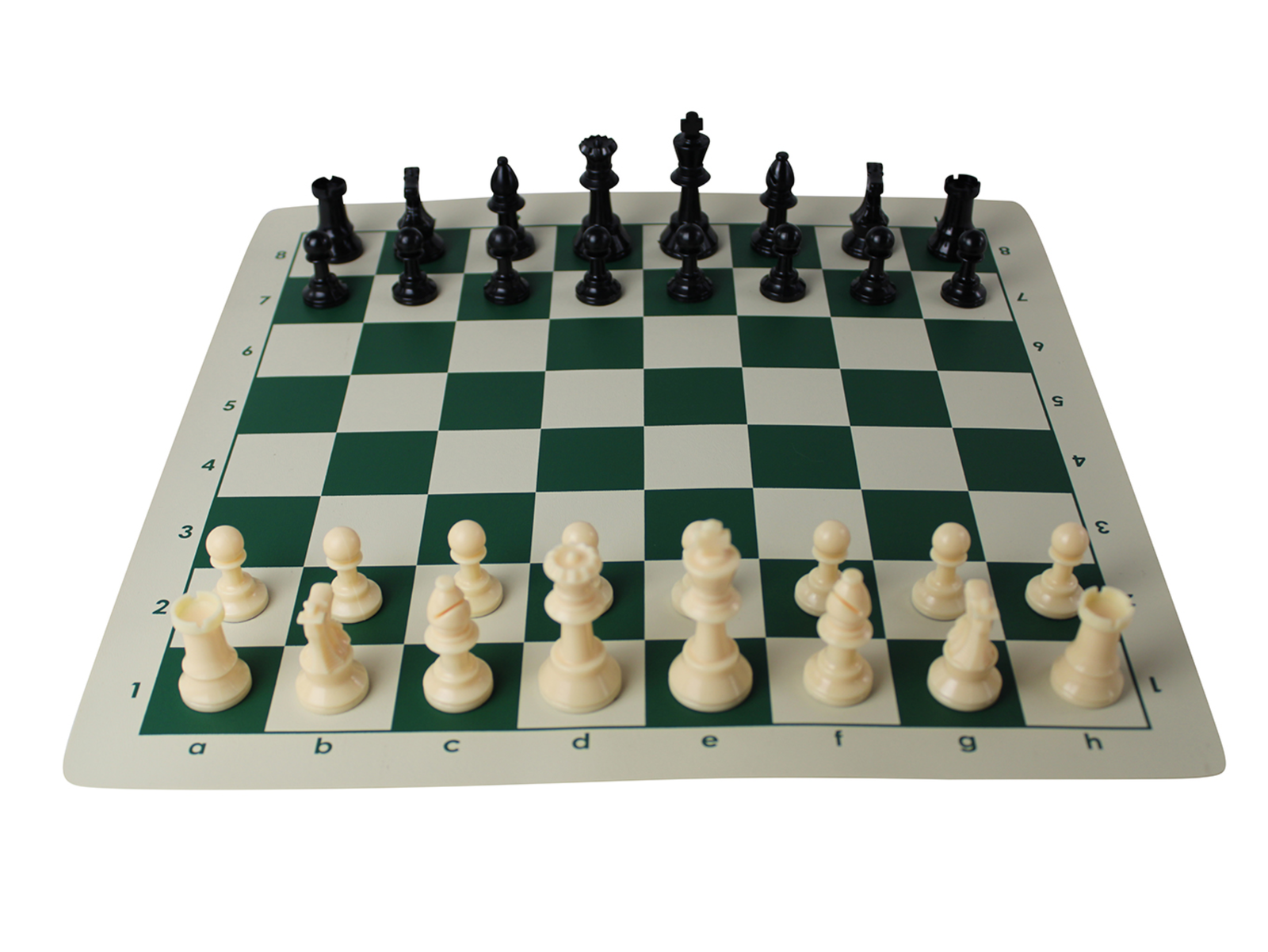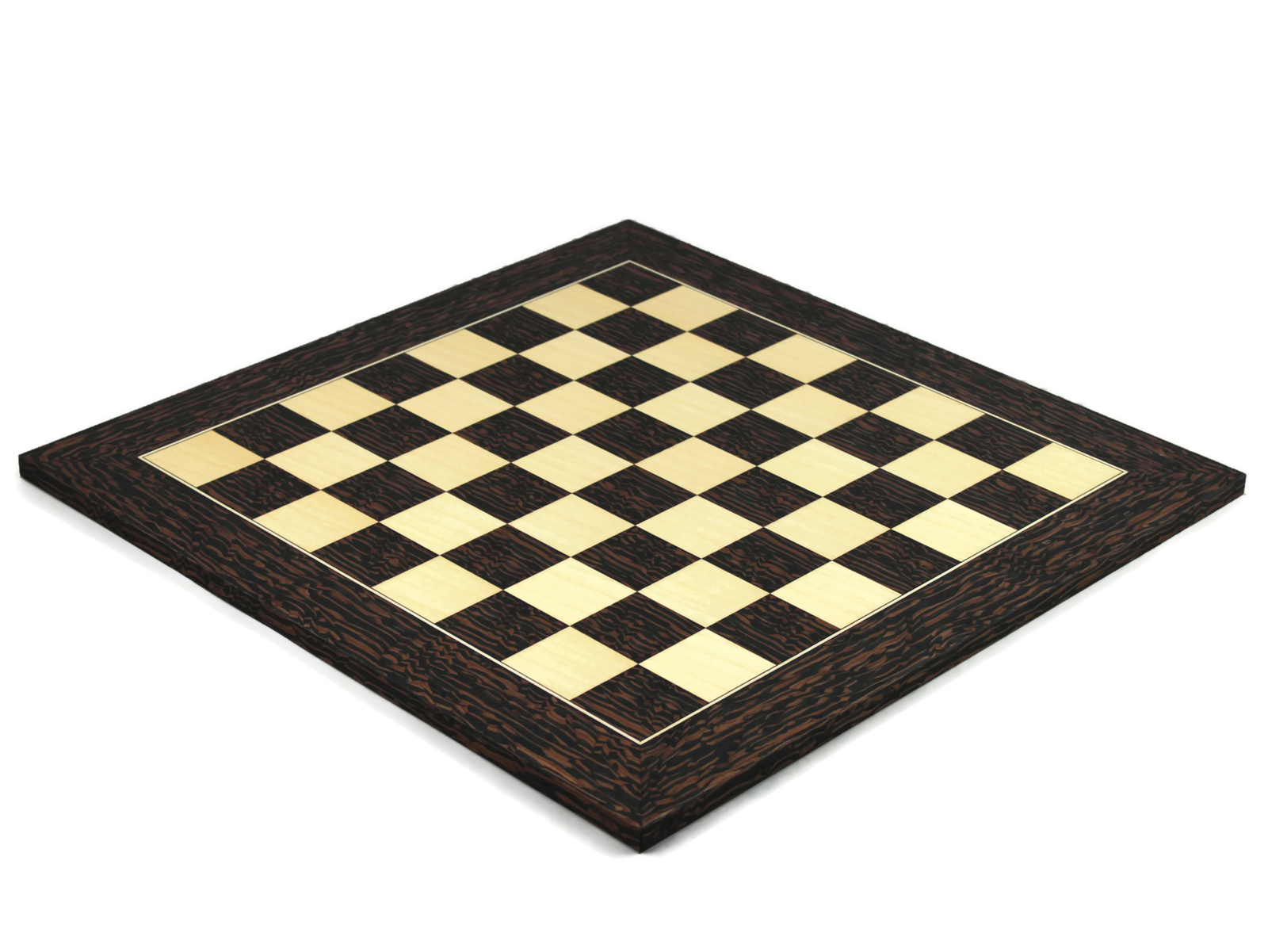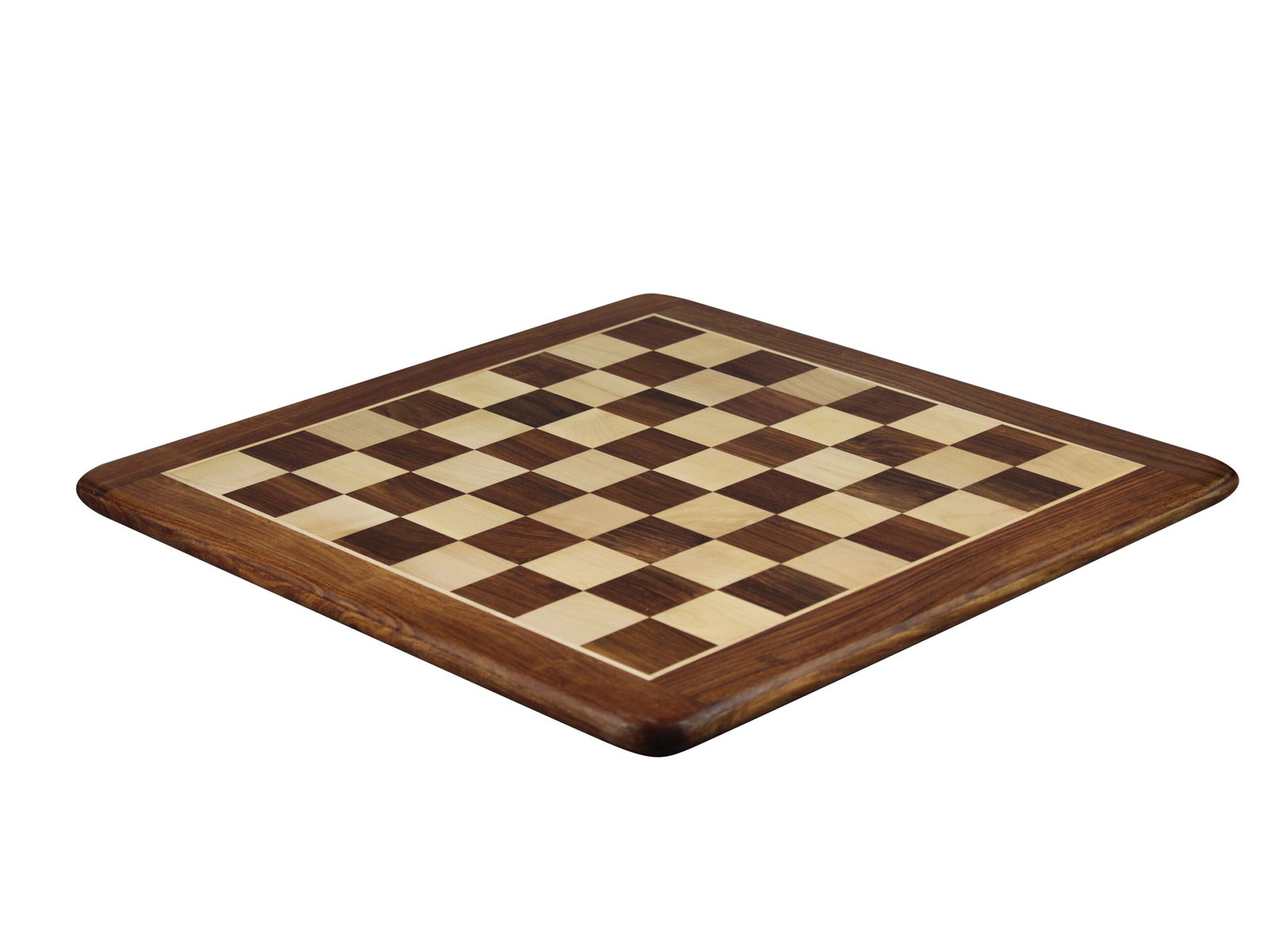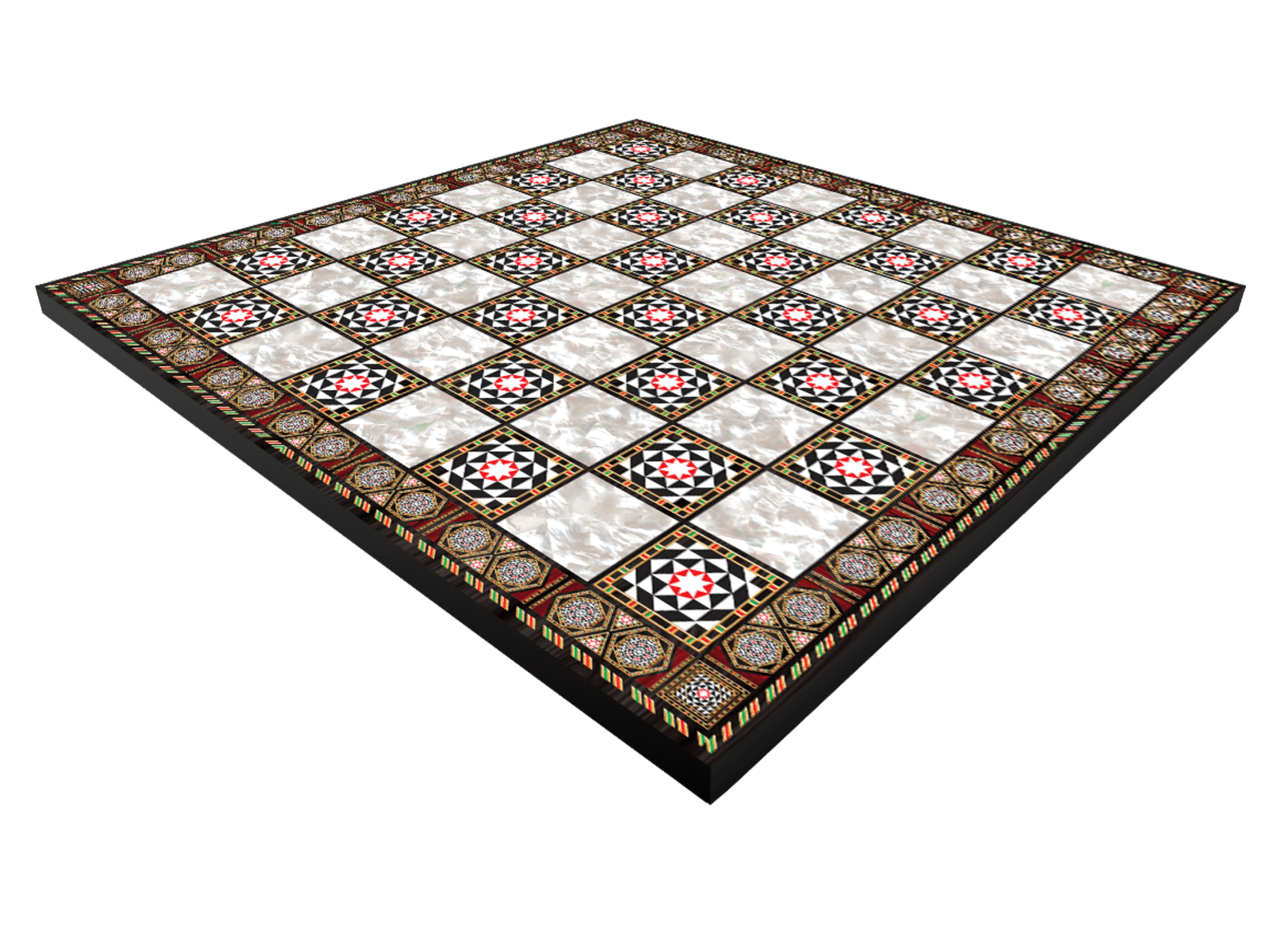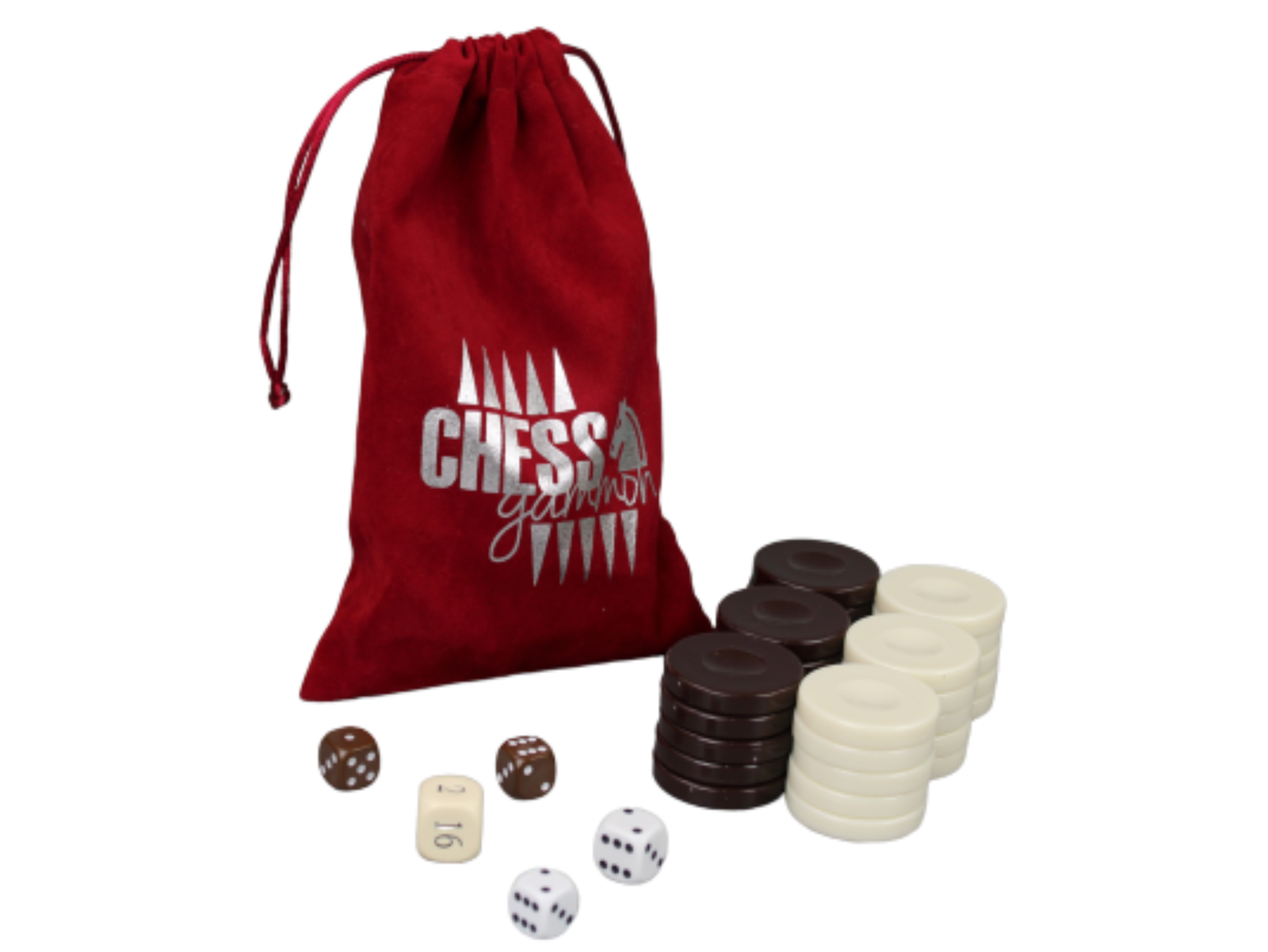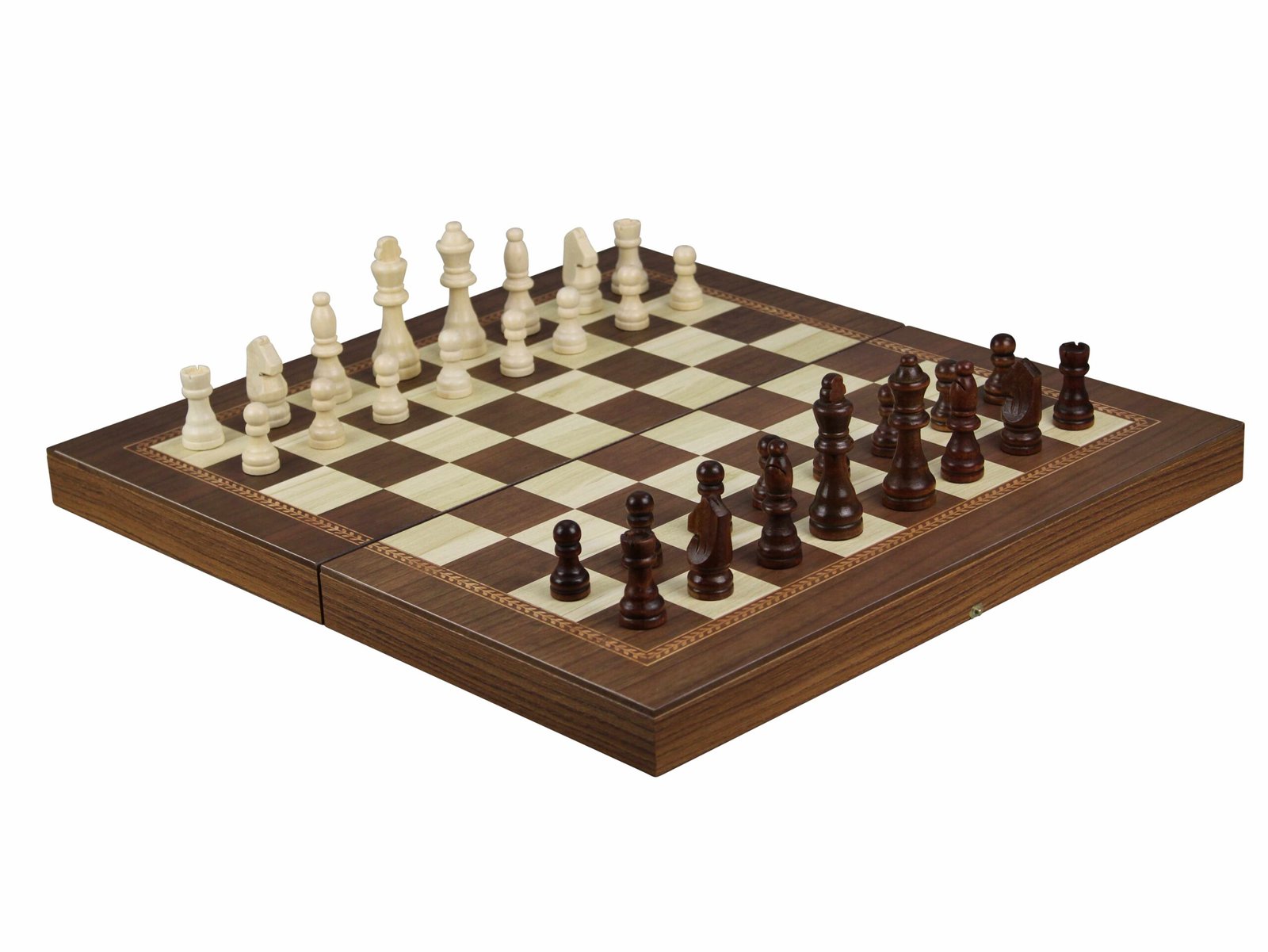Alekhine Defense – Exchange Variation
- Introduction to Alekhine Defense
- Explanation of Exchange Variation
- Advantages of Exchange Variation
- Key Strategies in Exchange Variation
- Common Mistakes to Avoid
- Conclusion
Welcome, chess enthusiasts! Today, we’re diving into the fascinating world of the Alekhine Defense, specifically focusing on the Exchange Variation. If you’re looking to add a new dimension to your chess game, this strategic opening might just be the perfect addition to your arsenal. Let’s explore the ins and outs of this variation together! Learn also about the 40 famous chess moves in our other article.
Introduction to Alekhine Defense
Before we delve into the Exchange Variation, let’s first understand the Alekhine Defense as a whole. Named after the brilliant chess player Alexander Alekhine, this defense is characterized by the move 1…Nf6 in response to 1.e4 from White. By opting for this defense, Black aims to provoke White’s pawns to advance, creating potential weaknesses that can be exploited later in the game.
One of the key advantages of the Alekhine Defense is its unconventional nature. By steering away from the more traditional openings, you have the opportunity to catch your opponent off guard and steer the game in a direction that suits your playstyle.
However, as with any opening, it’s essential to understand the specific variations and nuances that come with it. This is where the Exchange Variation comes into play, offering a unique twist to the Alekhine Defense that can catch even seasoned opponents by surprise.
Let’s take a closer look at how the Exchange Variation
Explanation of Exchange Variation
When it comes to the Exchange Variation, the key concept revolves around sacrificing your central pawns early on in the game. By allowing your opponent to take control of the center with their pawns, you aim to disrupt their plans and create imbalances on the board.
At first glance, giving up your central pawns might seem counterintuitive, but in the Exchange Variation of Alekhine Defense, it’s all about preparing for a tactical battle where piece activity and precise positioning take precedence over traditional pawn structures.
As you navigate through the Exchange Variation, keep in mind the importance of piece development and maintaining a flexible position that allows for dynamic counter play. While sacrificing pawns can be a bold move, it sets the stage for a
Advantages of Exchange Variation
So you’ve decided to play the Alekhine Defense and are considering the Exchange Variation. You’re on the right track! Let’s explore some of the advantages of this variation that might just give you that winning edge.
- Development: One of the key advantages of the Exchange Variation is that it helps in the development of your pieces. By exchanging pawns early on, you open up lines for your pieces to move freely and quickly across the board. This can lead to a faster and more efficient development of your army, putting pressure on your opponent from the get-go.
- Control: Another advantage of the Exchange Variation is that it gives you more control over the center of the board. By simplifying the position and exchanging material, you can often establish a strong presence in the center, which is crucial for controlling the game and dictating the course of play.
- Reduced Complexity: The Exchange Variation is known for simplifying the position and reducing the complexity of the game. This can be beneficial if you prefer a more strategic and positional style of play, as it allows you to focus on long-term plans and maneuvering rather than getting caught up in tactical complications.
- Pawn Structure: Exchange Variation often
Key Strategies in Exchange Variation
When playing the Alekhine Defense and facing the Exchange Variation, there are some key strategies that can help you navigate through the game successfully. These strategies focus on maximizing your control over the board and keeping your opponent on their toes.
1. Control the Center
As in any chess opening, controlling the center of the board is crucial. In the Exchange Variation, this becomes even more important as it can give you a tactical advantage. Try to occupy the central squares with your pawns and pieces, limiting your opponent’s options and creating opportunities for yourself.
2. Develop Your Pieces
Developing your pieces efficiently and effectively is key in any chess game. In the Exchange Variation, make sure to bring out your pieces to active squares early on. This will not only improve your position but also put pressure on your opponent from the start.
3. Safeguard Your King
Protecting your king is always a top priority in chess. In the Exchange Variation, be mindful of potential threats to your king’s safety. Castling early can help secure your king’s position and give you a solid foundation to build your attack from.
Common Mistakes to Avoid
Hey chess enthusiasts! Let’s talk about some common mistakes to avoid when playing the Alekhine Defense – Exchange Variation. We all make mistakes, but being aware of them can help us improve our game and become better players. So, let’s dive in!
1. Neglecting Development
One of the biggest mistakes players make in the Exchange Variation is neglecting their development. It’s crucial to get your pieces out and into the game, rather than getting stuck with just moving pawns around. Remember, every piece you develop contributes to your overall position and control of the board.
2. Failing to Castle
Castling is a fundamental aspect of chess that should not be overlooked, especially in the Exchange Variation. Failing to castle can leave your king exposed and vulnerable to attacks, so be sure to prioritize castling to safeguard your king and improve your overall position.
3. Ignoring the Centre
The centre of the board is where the action happens, and neglecting control of the centre can cost you the game. Make sure to fight for control of the central squares and establish a strong presence in this critical area of the board. Don’t let your opponent dominate the centre uncontested!
Conclusion
So, after exploring the Exchange Variation in the Alekhine Defense, it’s clear that this variation offers both pros and cons for players. Whether you’re new to the defense or a seasoned player looking to mix up your gameplay, understanding the nuances of this variation can be a game-changer. As you delve deeper into the Exchange Variation, remember that flexibility and adaptability are key. While the variation can offer a solid defense, it’s important to not become too predictable in your gameplay. Keep your opponent guessing and always stay one step ahead.Top chess players recommend regularly studying games played in the Exchange Variation to grasp different strategies and tactics. Learning from others’ successes and mistakes can provide valuable insights that you can incorporate into.


